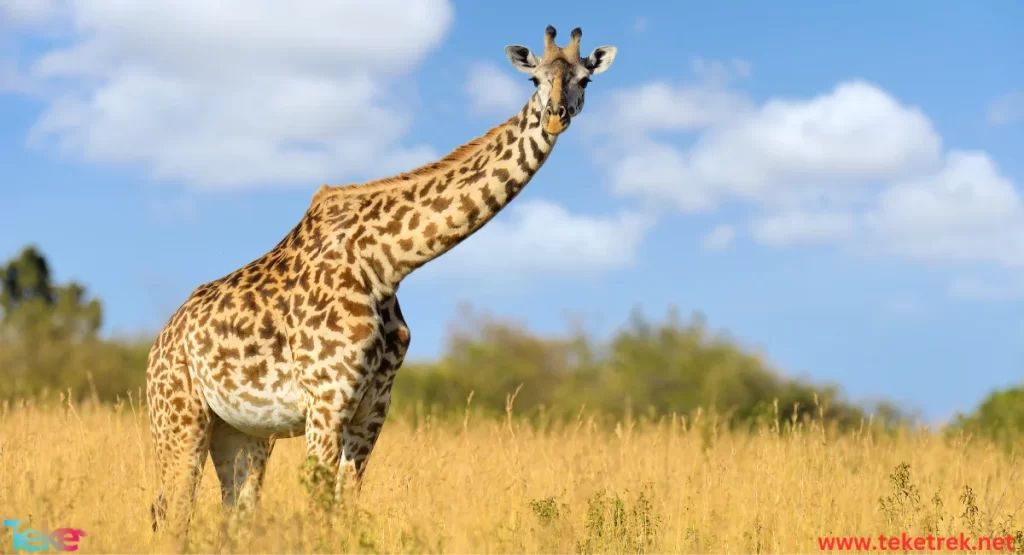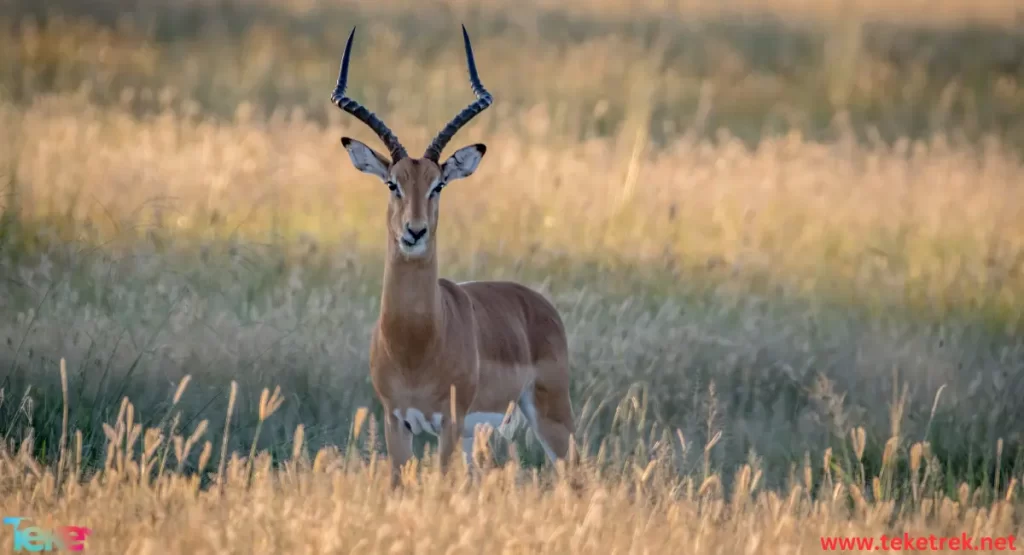Herbivorous animals are one classification of animals, categorized based on several methods as discussed in a previous article on the Teketrek website. We will delve into the topic of herbivorous animals in detail.
We will present the evolutionary stages of this category along with its diet, feeding strategies, and its role in the food system.
A brief overview of herbivorous animals
- Herbivorous animals are classified according to their dietary habits, relying on plants or marine algae for food. They adapt anatomically and physiologically to this diet in the following ways:
- Herbivores possess mouthparts suited for grazing or grinding, along with flat teeth for chewing.
- Most herbivores have a complex digestive system that aids in the digestion of plant-based food.
- These adaptations facilitate the easy digestion of their food. This evolution has occurred over the past ages, which we will review in the following paragraph.

Stages of evolution of herbivores and carnivores into herbivores
The stages of evolution of herbivorous animals through geological time can be elucidated by three main sources:
1. Fossilized plants, evidenced by structures like thorns.
2. Study of plant remnants in fossilized animal feces.
3. Examination of the composition of mouth components in animals.
It is believed to be traced back to the Mesozoic era, as excavations have shown that arthropods consumed plants within 20 million years after the evolution of the first terrestrial plants. Insects fed on Devonian plant spores through a technique known as piercing and sucking. Later, plants evolved more complex organs like roots and seeds over 75 million years. However, the evolution halted for a period ranging from 50 to 100 million years due to the decrease in oxygen levels at that time.
It’s worth mentioning that the identity of these animals is uncertain, but feeding behavior and skeletal structure have been recorded in the early Permian era.
Subsequently, during the Carboniferous period, which lasted from 307 to 299 million years ago, tetrapods evolved. Some early tetrapods fed on fish, and some continued this pattern, while some reptiles explored a diet of both meat and plants. The order of dinosaurs was herbivorous, and insects evolved into large tetrapods, necessitating adaptation.
Appearance of herbivores in the fossil record
For the first time in the fossil record, their jaws appeared near the Permian-Carboniferous boundary, around 300 million years ago.
This indicates that their teeth had become worn due to consuming plants, as the upper jaw teeth come into contact with their lower jaw counterparts.
As a result, there was a significant increase in plant processing, indicating feeding strategies based on tooth wear.
Subsequently, examinations of the morphological developments of both teeth and jaws revealed that tooth wear had independently evolved in several herbivorous lineages. This is evidence of both evolution and dispersal occurring simultaneously within multiple lineages.

The role of herbivores in the food chain
Herbivores play a fundamental role in the food chain because they rely on plants to digest the carbohydrates produced by plants through photosynthesis. Likewise, carnivorous animals feed on herbivores for the same reason.
They are called primary consumers because they cannot survive unless they feed on solid, fibrous plants.
Nutrition strategies
Animals obtain their food according to two basic strategies: grazing, like horses and cattle, and browsing, like moose.
An animal is called a grazer when grass constitutes no less than 90% of its diet, while a browser consumes no less than 90% of leaves and shoots. An animal that relies on plants for its diet but falls between these two categories is referred to as an intermediate or mixed feeder.
Effects of herbivore diet
The diet of herbivorous animals is influenced by several factors, including non-biological factors such as climate. In most areas, the communities of herbivorous birds change with the seasons. For example, birds that feed on plants are concentrated in abundant vegetation during the summer, while those that feed underground are more concentrated in winter.
Seasonal communities of herbivorous animals vary in their aggregation and ecological roles within the ecosystem. This results in trade-offs that affect species characteristics, community composition, and ecosystem functioning.
Furthermore, herbivores are influenced by seasonal changes and environmental gradients such as altitude and latitude. These factors affect their preference for certain plants.
Common Questions
What is the only animal capable of digesting cellulose?
Some insects possess symbiotic protozoa or bacteria in their digestive system, aiding in cellulose digestion.
What animals feed on grass?
Animals known as herbivores feed on grass, including:
Rhinoceroses, horses, goats, cows, sheep, and wild donkeys.
What animals feed on plants?
These are a category of animals that primarily rely on plants for food.
Is the monkey an herbivore?
Yes, monkeys are herbivores. They feed on plants such as fruits, leaves, stems, roots, and others.
How do animals rely on plants?
Herbivorous animals have adapted to their diet and possess physical features that aid in digestion.
In summary, herbivorous animals are a category of animals classified based on their dietary habits, relying on plants and grasses for food. They have adapted physiologically with features such as jaws and teeth to aid in digestion.






